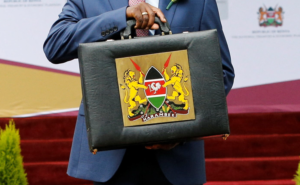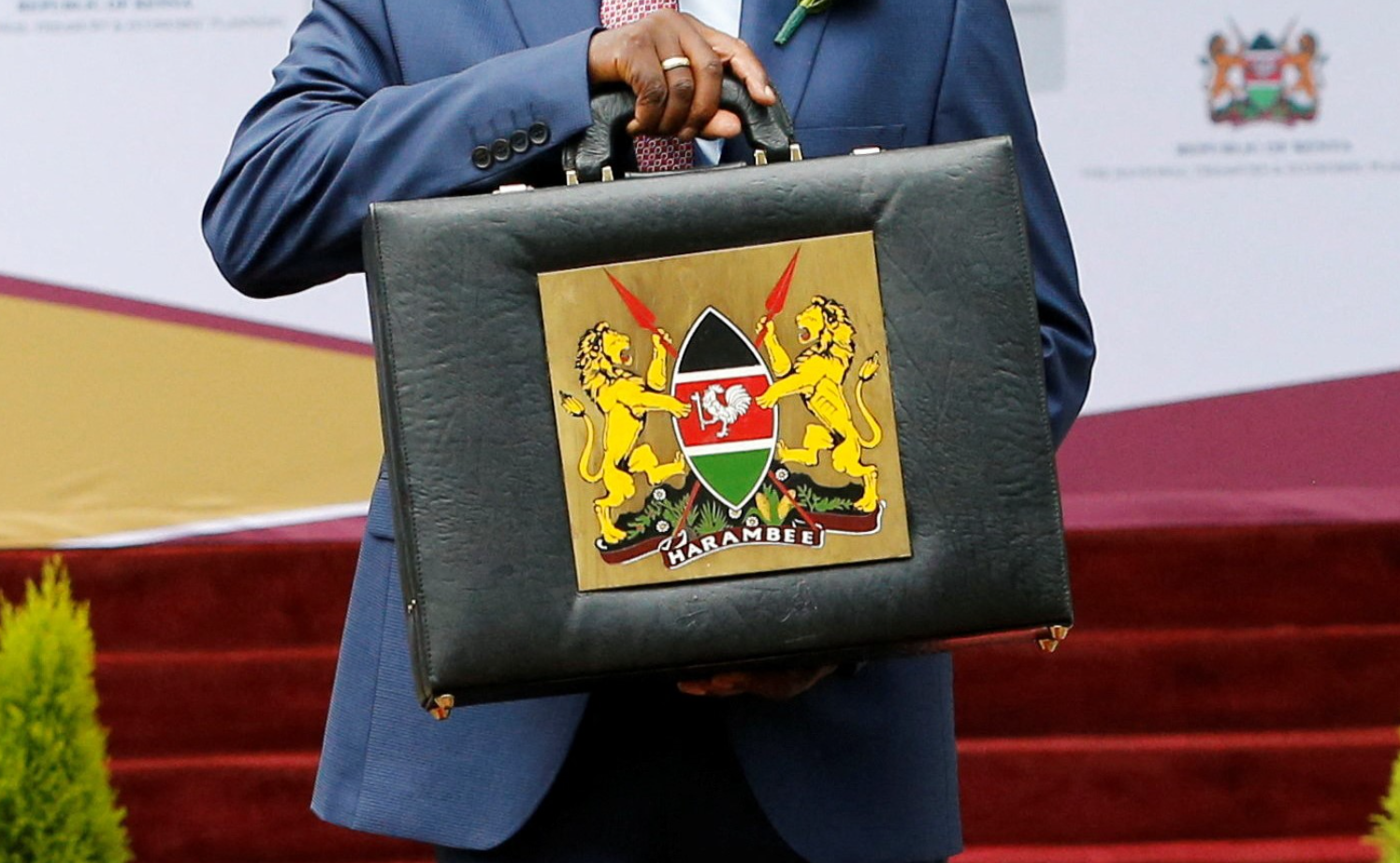The Kenyan diaspora has grown into a key component of the country’s economic strength. Remittances, the financial lifeline brought home by Kenyans living abroad, have eclipsed traditional exports such as coffee and tea to become the primary source of foreign money.
In 2023 alone, a phenomenal $4.19 billion (about Sh543 billion) poured into Kenya from its diaspora groups, a 4% increase that is expected to rise even further in 2024.
Europe, which is particularly appealing due to its closeness and cultural linkages, has become the second most popular destination for Kenyan expats, after only North America.
In Europe, the United Kingdom and Germany are the top destinations for Kenyan employees. These countries, along with Switzerland and Italy, contribute significantly to remittance flows to Kenya. The Kenyan government recognizes the importance of these remittances and has taken steps to increase labor mobility in the skilled sector.

kenyan man working as a driver in germany
A bilateral agreement with the United Kingdom has allowed 280 Kenyan nurses to seek employment overseas, which has been a success story.
Similar agreements are being discussed with eight other European countries, including Germany, Austria, and Ireland. This collaborative effort aims to connect skilled Kenyan workers with job opportunities in the European marketplace.
The Kenyan government’s commitment goes beyond signing agreements. Initiatives are undertaken to improve the pre-departure process for migrant workers. Consider the frustration of navigating onerous procedures before beginning a new job abroad.
By simplifying this process, the government hopes to reduce stress and speed up the path for Kenyans seeking abroad prospects.
Additionally, labor migration desks are being set up at key airports. These dedicated support systems will assure regulatory compliance and provide direction to departing employees, resulting in a smooth transfer and a sense of confidence.
The Central Bank of Kenya (CBK) is an important player in monitoring these remittance movements. Their monitoring of the banking system enables them to track the estimated $400 million in funds returned by Kenyans abroad each year. This statistic compares to established sectors such as tea, coffee, horticulture, and tourism, emphasizing the remittance sector’s growing importance.
This has sparked significant interest from both the government and business entities. Recognizing the possibilities, technological developments are being investigated to acquire more knowledge of remittance movements. Imagine being able to study data to determine how these financial flows affect various parts of Kenya.
This intelligence can then be leveraged to make more efficient investments in the domestic economy, ensuring that the diaspora’s contributions yield the greatest benefit.
In short, the Kenyan diaspora has evolved from a source of financial support to a key driver of the country’s economic success. The government’s proactive attitude to encouraging labor mobility, combined with technical improvements to maximize remittance flows, provides a positive picture of the future.
As competent Kenyans seek opportunities overseas and transfer their hard-earned money home, Kenya is well-positioned to capitalize on this financial engine for long-term economic growth.













